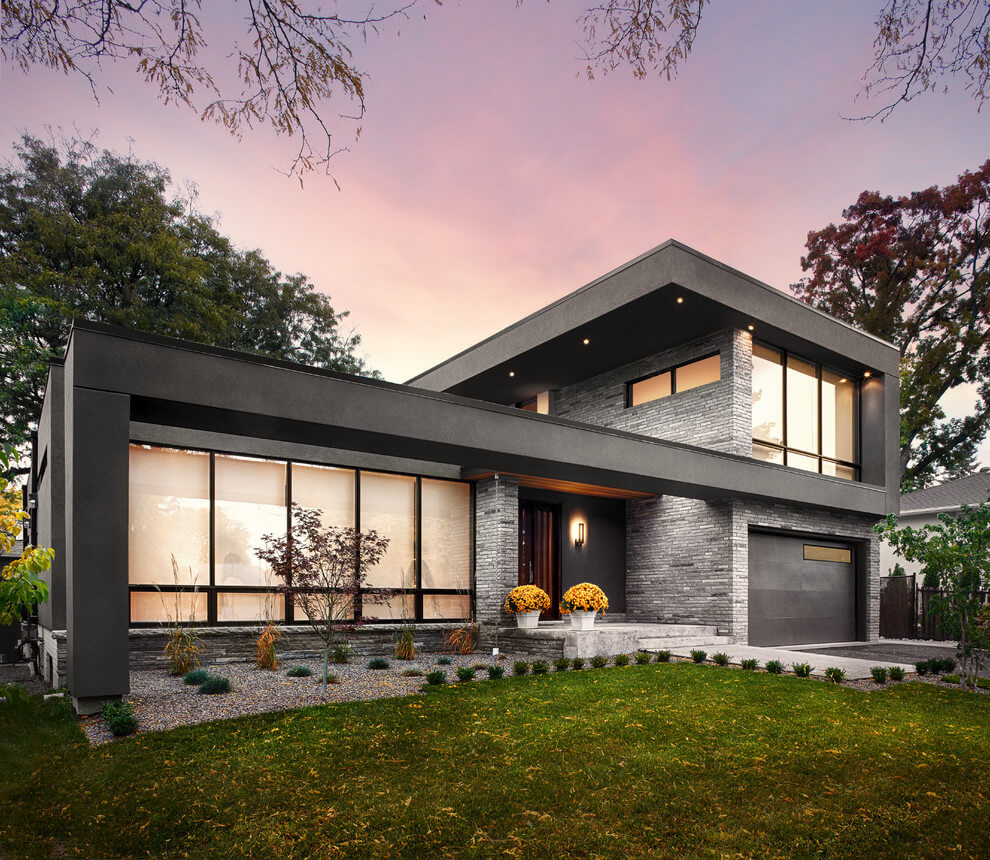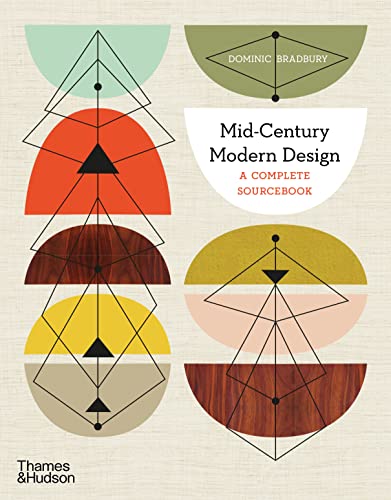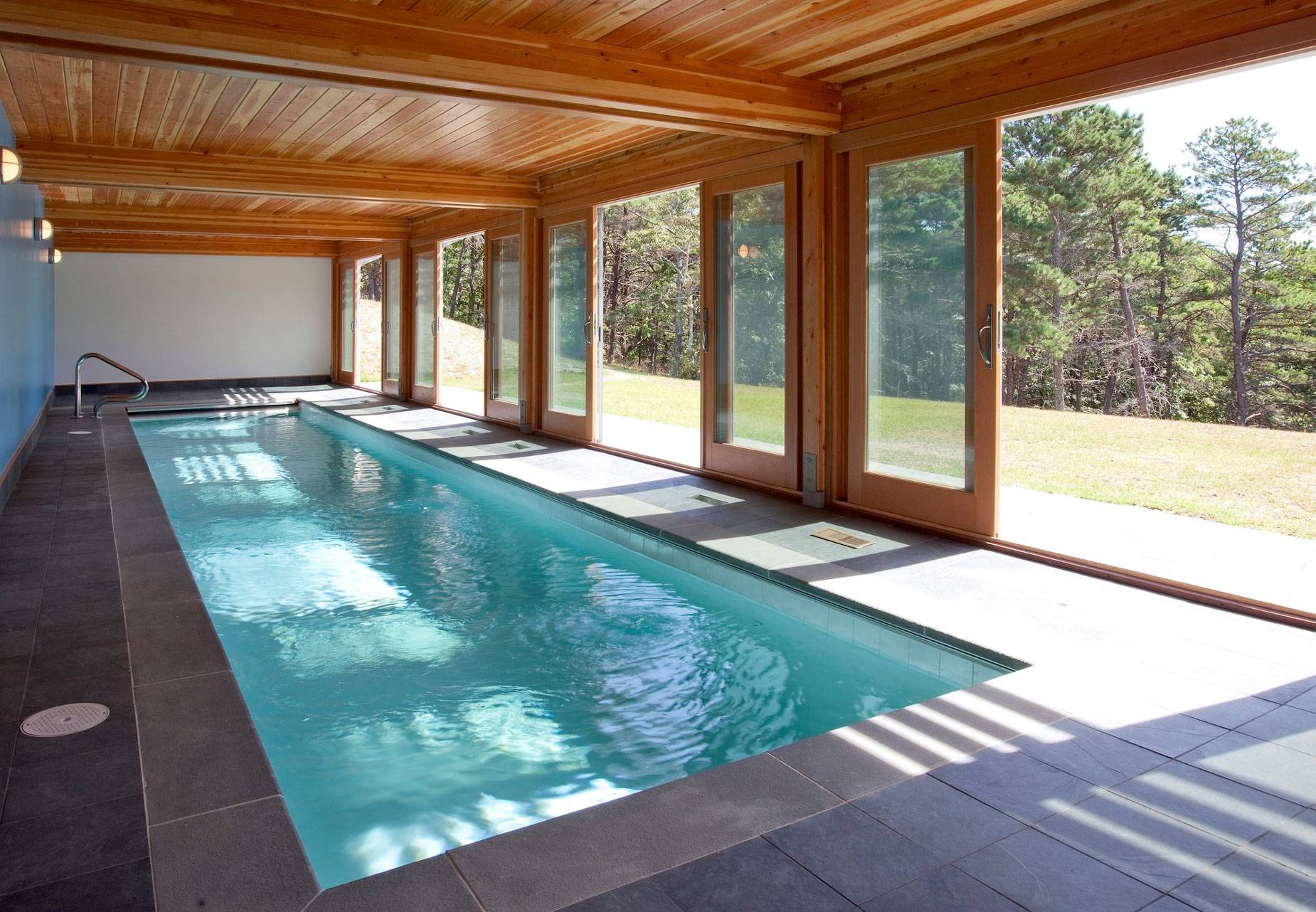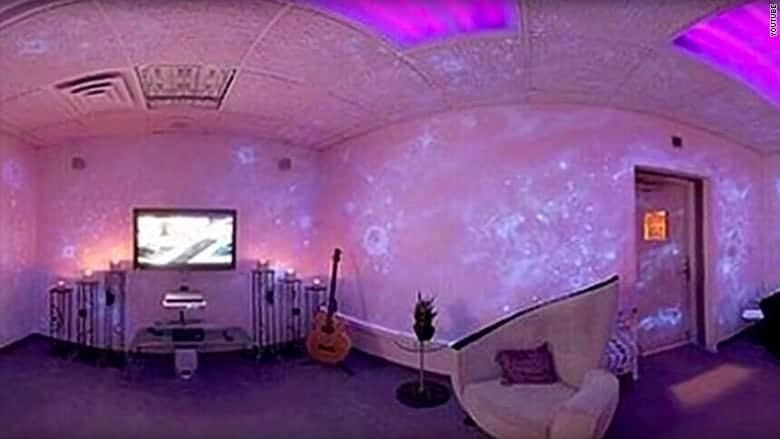Table Of Content
- Architect-designed furniture
- The history of midcentury-modern architecture
- What Is Midcentury Modern Style? Here's What You Should Know
- Inspiring interiors and exclusive expert design advice.
- Modern Homes With Living Trees Growing Inside
- Midcentury Modern Living Room Ideas That Explain Why This Retro Style Endures

In one item alone, you're able to see how sharp legs play perfectly against a circular top of a table or rounded spine of a chair — so don't be scared of mixing these contrasting looks yourself. While every mid-century modern home has its own nuances, there are some defining traits across this architectural style. Architects abandoned the typical 3-foot by 5-foot window frame for vast glass walls and sliding doors, effectively bringing the outdoors in. While definitely more prevalent in California due to the state’s temperate climate, examples of this style can be found across the country, from the suburbs of Chicago to New Canaan, Connecticut.
Architect-designed furniture
From their furniture with Herman Miller to designing for IBM, the influence of Charles and Ray Eames over our contemporary understanding of midcentury-modern style cannot be overstated. At the center of it all is the Pacific Palisades home they designed and built in 1949. The house in fact consists of two raised steel-and-glass structures, both flaunting flat roofs, bright color blocks, and an intentional connection to its natural surroundings. Powerhouse set-design duo David Wasco and Sandy Reynolds-Wasco saved and restored a 1956 bungalow in Santa Barbara, California, and their interior composition is a contender for most stage sets.
The history of midcentury-modern architecture
This is especially helpful if you're just warming up to the style and don't want to overwhelm your space (and wallet) with brand new furniture and decor. The fabrics and materials that made up the furniture from this era (and the modernized versions that aim to copy original styles) include "thin legs, chromed steel, or bent wood," according to Wood. They're major indicators that an object hailed from this time — or would like to at least believe it did.
12 Midcentury Modern Kitchen Ideas to Inspire Your Retro Remodel - Architectural Digest
12 Midcentury Modern Kitchen Ideas to Inspire Your Retro Remodel.
Posted: Fri, 12 Jan 2024 08:00:00 GMT [source]
What Is Midcentury Modern Style? Here's What You Should Know
Midcentury modern home designed by one of Minnesota's first female architects lists for $669000 - Star Tribune
Midcentury modern home designed by one of Minnesota's first female architects lists for $669000.
Posted: Fri, 15 Sep 2023 07:00:00 GMT [source]
In addition to these social and cultural shifts, advancements in technology and manufacturing processes played a crucial role in the rise of mid-century modern design. The post-war era saw rapid industrialization, with new machinery and techniques being developed. This evolution in manufacturing processes enabled the mass production of furniture and home decore, making the modern designs of the time more accessible to the masses. One of the many reasons for this is because the works conceptually overlap other styles of the time. It is often viewed as the American response to European, South American, and other global types of modernism like the International Style or Bauhaus movements. Its post-war timeline was an important factor in the design typology of Mid-Century Modernism as designers were racing to house and modernize American suburbs.
Inspiring interiors and exclusive expert design advice.
A new front door and custom casework welcome guests, while a wallpapered powder room adds a touch of sophistication. In the kitchen, a wall was taken down to amplify flow and connection with the surrounding landscape. A mix of custom cabinetry and woodwork with modern elements like Nero Marquina Marble on the island, a coffee bar, and breakfast nook, enhance the space’s functionality.
This resulted in a shape that does not quite look like a “normal” chair or table. The names and design examples on this list of graphic design works, furniture, industrial design pieces, and architecture are by no means exhaustive. Many familiar with Mid-Century Modernism may even believe that some of the below works do not fit the “criteria” of the style and may instead fit better as International or Bauhaus style works of architecture or design. The MCM design aesthetic is modern in style and construction, aligned with the Modernist movement of the period. It is typically characterized by clean, simple lines and honest use of materials, and generally does not include decorative embellishments. Unlike frillier pieces or those with ornate detailing, midcentury modern furniture is much more straightforward.
Midcentury Modern Living Room Ideas That Explain Why This Retro Style Endures
The resulting work is typically abstracted or simplified forms that no longer tried to achieve realism. The design process was an iteratively subtractive method where work became “purer” and simpler as it improved, instead of more detailed or busier. "I appreciate the rise of multipurpose furniture, which was adopted in this design ethos and is something we still promote as designers today," designer Becky Shea says. "Every piece serves a purpose and beyond, casting shadows on the days where rooms were beholden to being used once a year for a special occasion due to their ornate, elaborate design." "We saw a lot of wood, metal, glass, and vinyl, often used in tension with each other to create a unique look."
Mid-century modern in Palm Springs
Floor-to-ceiling windows look out onto the Pacific, while tinted mirrors reflect garden views. If this studied interplay between historic and contemporary isn’t evidence that this design style can evolve, we don’t know what is. Restored plywood lines the kitchen in artist Mary Weatherford’s modernist and Oliver M. Furth–designed L.A.
Indoor-Outdoor Living Room
The use of such materials enhances the overall aesthetic appeal, making the design feel more authentic and grounded. Mid-century modern spaces are characterized by sleek, straight lines that create a sense of simplicity and elegance. These clean lines not only contribute to the visual appeal of the design but also promote a sense of order and balance. The absence of unnecessary ornamentation allows the eye to focus on the beauty of the form itself. The resulting formula made for living spaces that are still popular today and many of the ideals like transparency, openness, and a connection to nature are still considered pillars of good residential architecture. It still inspires architects today as we define our brand of “modern” buildings.
The postwar Case Study Houses program—created and sponsored by Arts and Architecture—also resulted in many key examples of midcentury-modern houses. Pierre Koenig, Eero Saarinen, A. Quincy Jones, and the Eameses were among the modern architects who designed homes in response to it, though not all of the homes were constructed. Some have been remodeled into oblivion and some of them have been demolished, but 20 remain standing today according to Forbes. For John Ike, a partner of San Francisco–based architecture and design firm Ike Baker Velten, the continued draw to midcentury-modern architecture seems to be a product of specific design elements. “I think it’s really the materials, the open flowing spaces, and the real sunny feel to them that draws people to the architectural style to this day,” explains Ike, who lives in a midcentury-modern home himself in San Diego.

The rising tide of mid-century modern design also coincided with a growing interest in minimalism and simplicity. Designers were increasingly focused on creating clean, uncluttered spaces that promoted a sense of calm and order. This philosophy extended to the furniture and household items of the era, with clean lines and geometric shapes becoming hallmarks of mid-century modern design. As Robin DeCapua puts it, "Its popularity is due in part to its versatility, as it can be easily incorporated into a variety of spaces, from homes to offices to public spaces." The use of natural materials is one of the key tenets of mid-century modern design. Whether it's wood, leather, fabric, glass, or metal, these materials not only bring a sense of warmth and texture to the space, but also connect the interior design to its surroundings.
The defining hallmarks of his projects are still considered integral to mid-century modern style to this day. These include the fusion of geometric and organic forms, through-lines into nature and across interior spaces, and intriguing but functional details. As well as architecture, Eero Saarinen was also a talented industrial designer. Designed in 1955 to complete his Tulip dining table, the classic Tulip chair has an unmistakably 'space age' vibe, and features the distinctive smooth curves and experimental materials characteristic of mid-century modern design.
Midcentury modern style originated during the middle of the 20th century and embodied the needs and wants of the population of that time. Chris Pratt has drawn ire from architecture aficionados after news broke that the actor and his wife, Katherine Schwarzenegger, had razed a historic, mid-century modern home to make way for a sprawling 15,000-sq-ft mansion. Ebony colored Concrete Collaborative SSS tiles, designed by Sarah Sherman Samuel, add a playful, graphic touch to the primary ensuite bathroom floor. In scenic West Seattle, Washington, perched atop a cliff with panoramic views of Vashon Island, the Olympic Mountains, and the Puget Sound, stands the Lark House. Originally designed in 1958 by esteemed architect Al Bumgardner, this mid-century gem has recently undergone a transformative renovation, reimagining its space to better align with its present owners while honoring its legacy.
Located in Brasília, Oscar Niemeyer's design for the Palacio da Alvorada – the official residence of the President of Brazil – is another standout example of mid-century modernist architecture. In the USA, mid-century modernism was reflected in the design of Linen Type postcards, which largely comprised national view-cards of American cities, buildings and monuments. If you tried to imagine what minimal graphic design would look like, this is probably the most obvious characteristic. A small range of colors are used to demonstrate only the most critical variation in shadow or changes in material.
To the far right, red artworks from Bosco Sodi can be seen above a Mangiarotti marble table. This minimalist Tokyo home features muted dark tones and natural materials, as well as bespoke furniture created by the studios who designed it together. Before we delve into the details, let's first take a moment to understand what mid-century modern style truly encapsulates. As the name suggests, this design movement emerged in the middle of the 20th century — between the 1940s and 1960s. In this guide, we'll take a deep dive into the world of mid-century modern design, exploring its origins, key elements, and how you can incorporate this iconic style into your own home.













